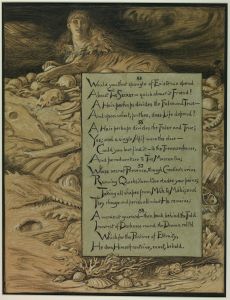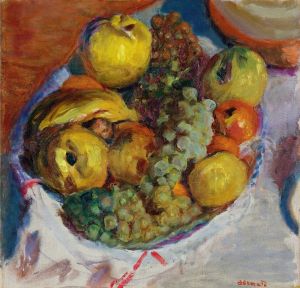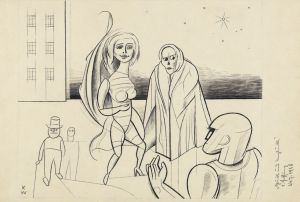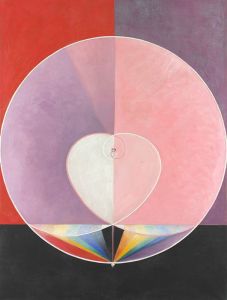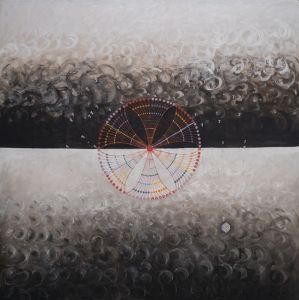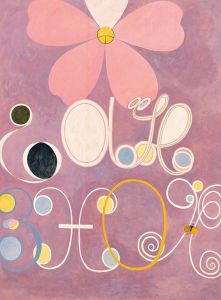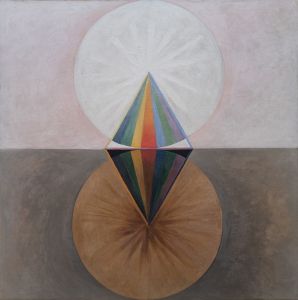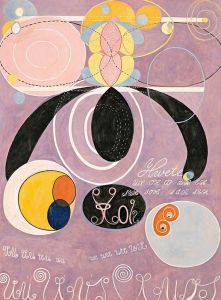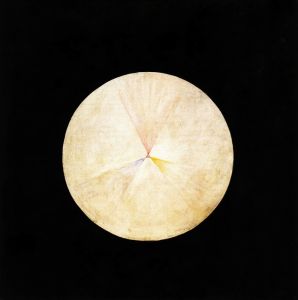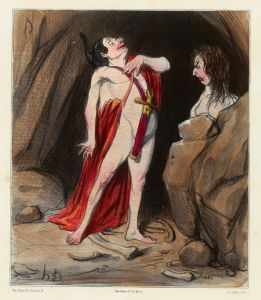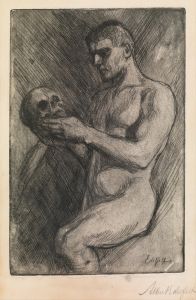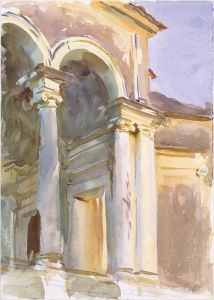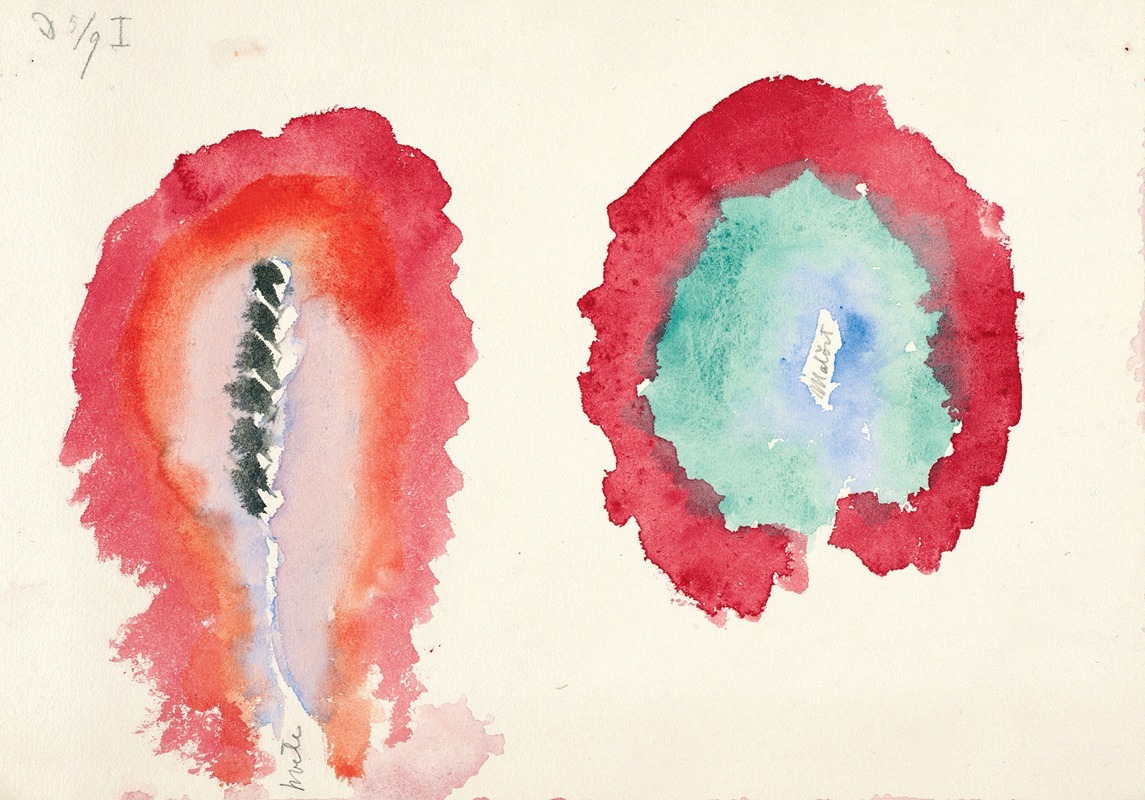
Wheat and Wormwood
A hand-painted replica of Hilma af Klint’s masterpiece Wheat and Wormwood, meticulously crafted by professional artists to capture the true essence of the original. Each piece is created with museum-quality canvas and rare mineral pigments, carefully painted by experienced artists with delicate brushstrokes and rich, layered colors to perfectly recreate the texture of the original artwork. Unlike machine-printed reproductions, this hand-painted version brings the painting to life, infused with the artist’s emotions and skill in every stroke. Whether for personal collection or home decoration, it instantly elevates the artistic atmosphere of any space.
Hilma af Klint (1862–1944) was a Swedish artist and mystic, widely regarded as a pioneer of abstract art. Her work, often created in series, is characterized by its spiritual and symbolic content, as well as its departure from traditional representational art. Among her many paintings, "Wheat and Wormwood" is one of the pieces that reflects her interest in the natural world and its connection to spiritual themes.
"Wheat and Wormwood" is part of af Klint's broader body of work that explores the interplay between the physical and metaphysical realms. The painting features symbolic representations of wheat and wormwood, two plants with contrasting associations. Wheat is often linked to nourishment, growth, and life, while wormwood has connotations of bitterness and, in some contexts, spiritual purification. Through these elements, af Klint may have been exploring themes of duality and balance in nature and existence.
Af Klint's artistic practice was deeply influenced by her involvement in spiritual movements of the late 19th and early 20th centuries, particularly Theosophy and Anthroposophy. These movements emphasized the idea of a hidden spiritual reality underlying the material world, which resonated with af Klint's own beliefs. She often described her work as being guided by higher spiritual forces, and she referred to herself as a medium through which these forces communicated.
The painting is executed in af Klint's distinctive style, which combines geometric forms, organic shapes, and vibrant colors. Her use of abstraction was groundbreaking for her time, predating the abstract works of artists such as Wassily Kandinsky and Piet Mondrian. However, af Klint's work remained largely unknown during her lifetime, as she believed that the world was not yet ready to understand her art. She stipulated that her paintings should not be publicly displayed until at least 20 years after her death.
"Wheat and Wormwood" exemplifies af Klint's innovative approach to art and her commitment to exploring spiritual themes through visual means. Today, her work is celebrated for its originality and its significant contribution to the history of modern art. It is housed in collections and exhibitions that highlight her role as a visionary artist who challenged conventional artistic norms and opened new pathways for abstract expression.





